
Ingredient
Vinegar, apple
The Sweet-Tart Elixir: Apple Vinegar
Apple vinegar is a pale golden liquid with a distinct sweet-tart flavor. It has a mild acidity that enhances the taste of dishes without overpowering them. The aroma is reminiscent of fresh apples, making it a versatile ingredient in both sweet and savory recipes.
Origins and history
The production of apple vinegar dates back centuries and has roots in ancient Babylon and Egypt. It gained popularity in Europe during the Middle Ages and was used for its medicinal properties. Today, apple vinegar is produced worldwide, with variations in production methods and flavor profiles.
Nutritional information
Apple vinegar is low in calories and contains beneficial compounds like acetic acid, which may aid in digestion and blood sugar control. It also provides small amounts of vitamins and minerals, including potassium.
How to select
When selecting apple vinegar, opt for varieties made from organic apples to ensure the highest quality. Look for unfiltered or raw apple vinegar, as it retains more of the beneficial compounds and has a richer flavor. Avoid any vinegars that appear cloudy or have an off smell.
Storage recommendations
To maintain the freshness and quality of apple vinegar, store it in a cool, dark place away from direct sunlight. Avoid storing it near strong-smelling substances, as vinegar can absorb odors. Properly stored, apple vinegar can last indefinitely, although its flavor may mellow over time.
How to produce
Apple vinegar can be produced at home by fermenting apple juice with the help of beneficial bacteria and yeast. The process involves crushing apples, extracting the juice, and allowing it to ferment in a controlled environment. With time, the natural sugars in the juice are converted into alcohol and then into vinegar.
Preparation tips
Apple vinegar can be used in a variety of ways in the kitchen. It is commonly used in salad dressings, marinades, and pickling brines. It can also be added to sauces, soups, or stews to brighten flavors. In baking, apple vinegar can act as a leavening agent when combined with baking soda. Additionally, it can be diluted with water or other liquids to make a refreshing beverage.
Substitutions
White wine vinegar or cider vinegar can be used as substitutes for apple vinegar, although they may have slightly different flavor profiles. Lemon juice can also provide a similar tangy acidity in some recipes.
Culinary uses
Apple vinegar is a versatile ingredient used in both sweet and savory dishes. It is commonly used in salad dressings, vinaigrettes, and coleslaws to add a tangy kick. It can also be used to pickle vegetables, marinate meats, or deglaze pans for pan sauces. In baking, apple vinegar can be used in cakes, muffins, or quick breads to activate baking soda and create a light texture.
Availability
Worldwide
More ingredients from this category
Recipes using Vinegar, apple » Browse all

Chicago-style Stuffed Cabbage Rolls
Savory Windy City Cabbage Delight
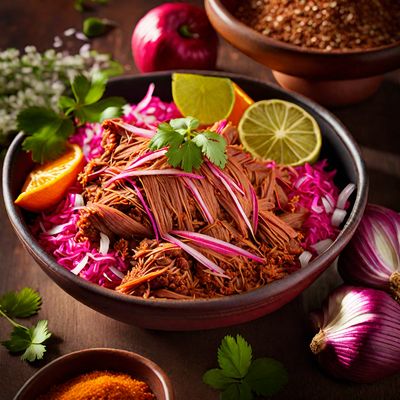
Cochinita Pibil - Dutch Style
Dutch-Inspired Slow-Roasted Pork with Aromatic Spices

Dorset-inspired Collard Greens
Savory Dorset Delight: Collard Greens with a Twist

Roasted Cabrito with Spicy Adobo Sauce
Flavorful Fiesta: Roasted Cabrito with a Kick
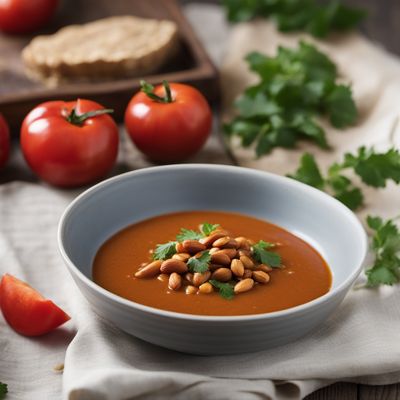
Pittsburgh-style Peanut Sauce
Steel City Peanut Delight
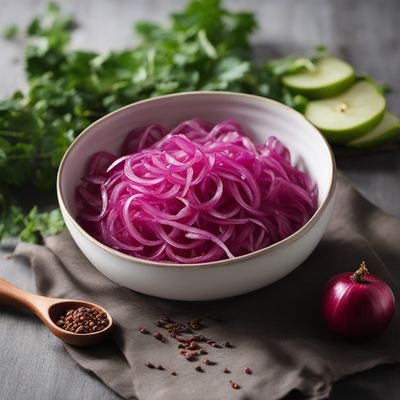
Bukharan Jewish-style Pickled Onions
Tangy and Spicy Pickled Onions Bukharan-Style

Rocky Mountain Handkäse with a Melodic Twist
Melodic Mountain Delight: Rocky Mountain Handkäse with a Musical Twist
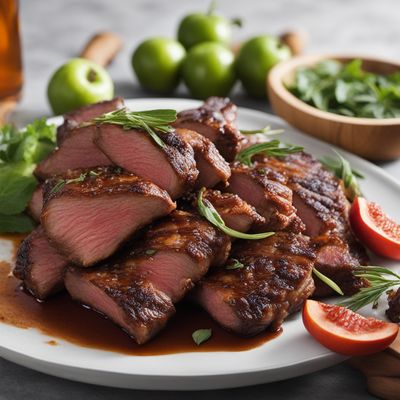
New Zealand-Style Barbecue Lamb
Kiwi Lamb Delight: A Taste of New Zealand-Style Barbecue

Traditional Irish Crubeens with a Modern Twist
Crispy and Tender Irish Pig's Feet Delight

Pashtun-style Spiced Apple Chutney
Tangy and Spiced Apple Delight: Pashtun-style Chutney
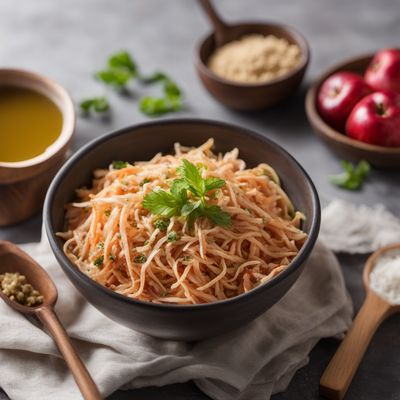
Jalamah with a Southern Twist
Southern Spiced Jalamah: A Fusion of Syrian and Atlanta Flavors

Tacos al Pastor
Latvian-inspired Tacos al Pastor: A Fusion of Mexican and Latvian Flavors
